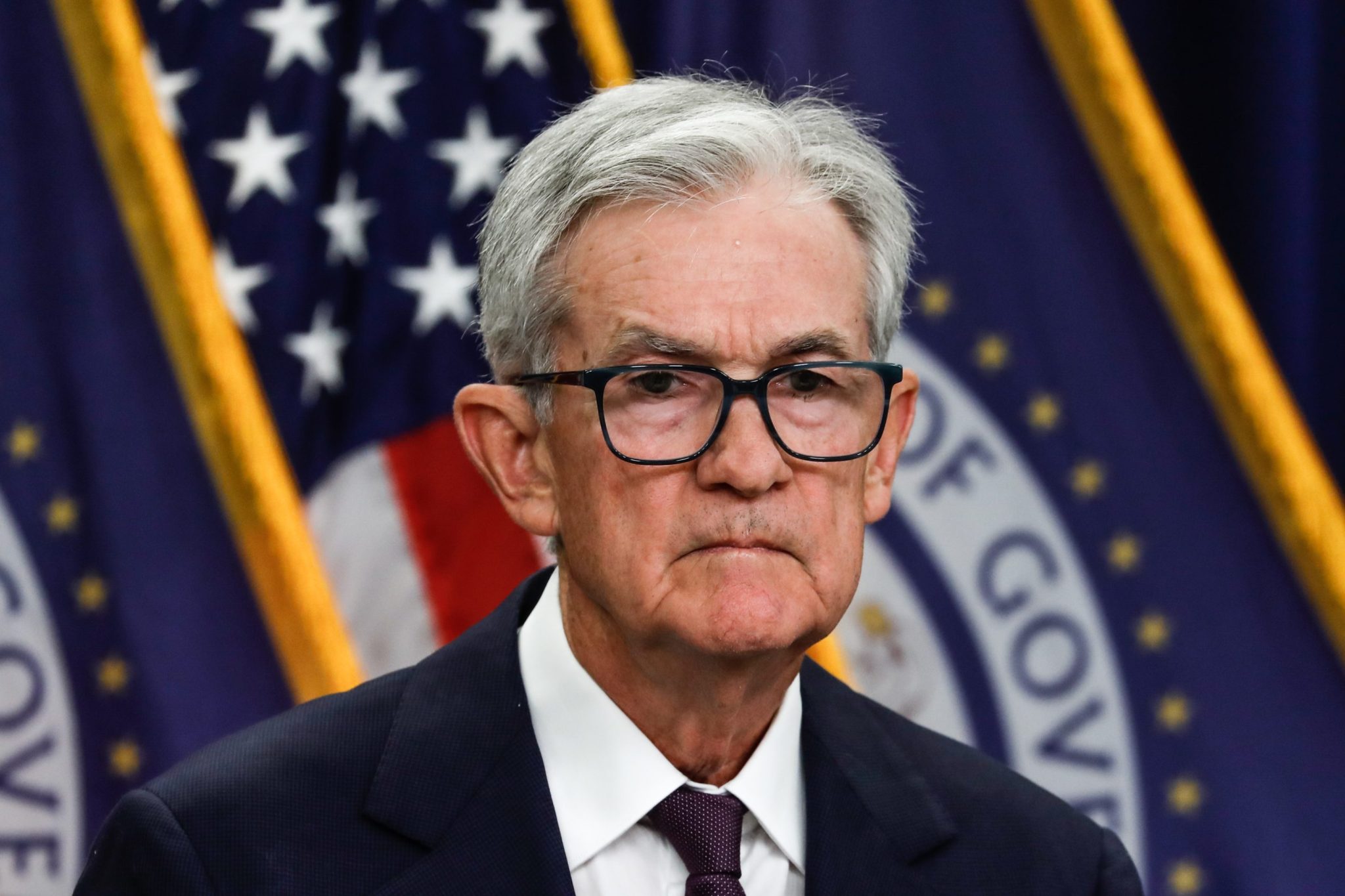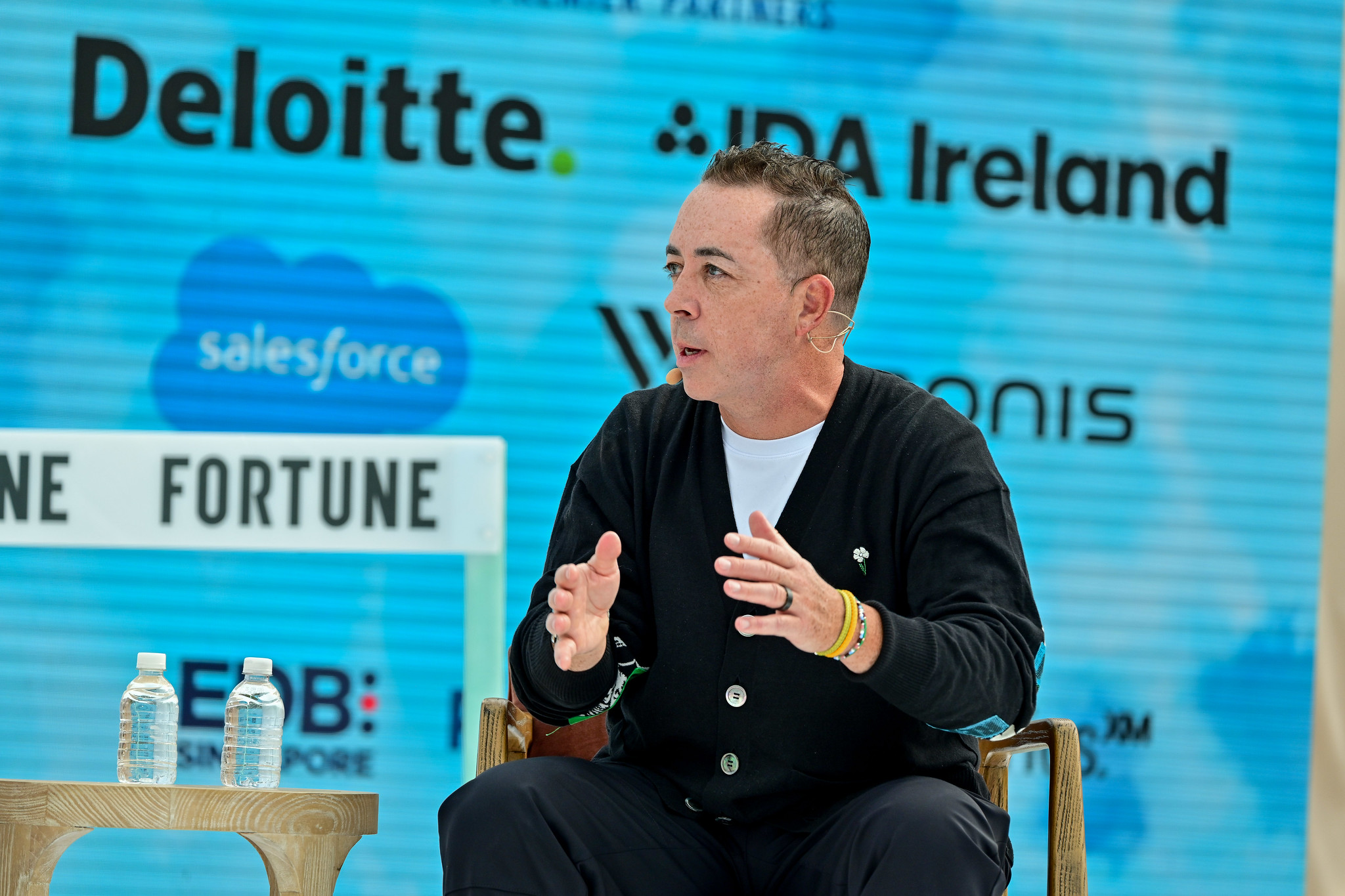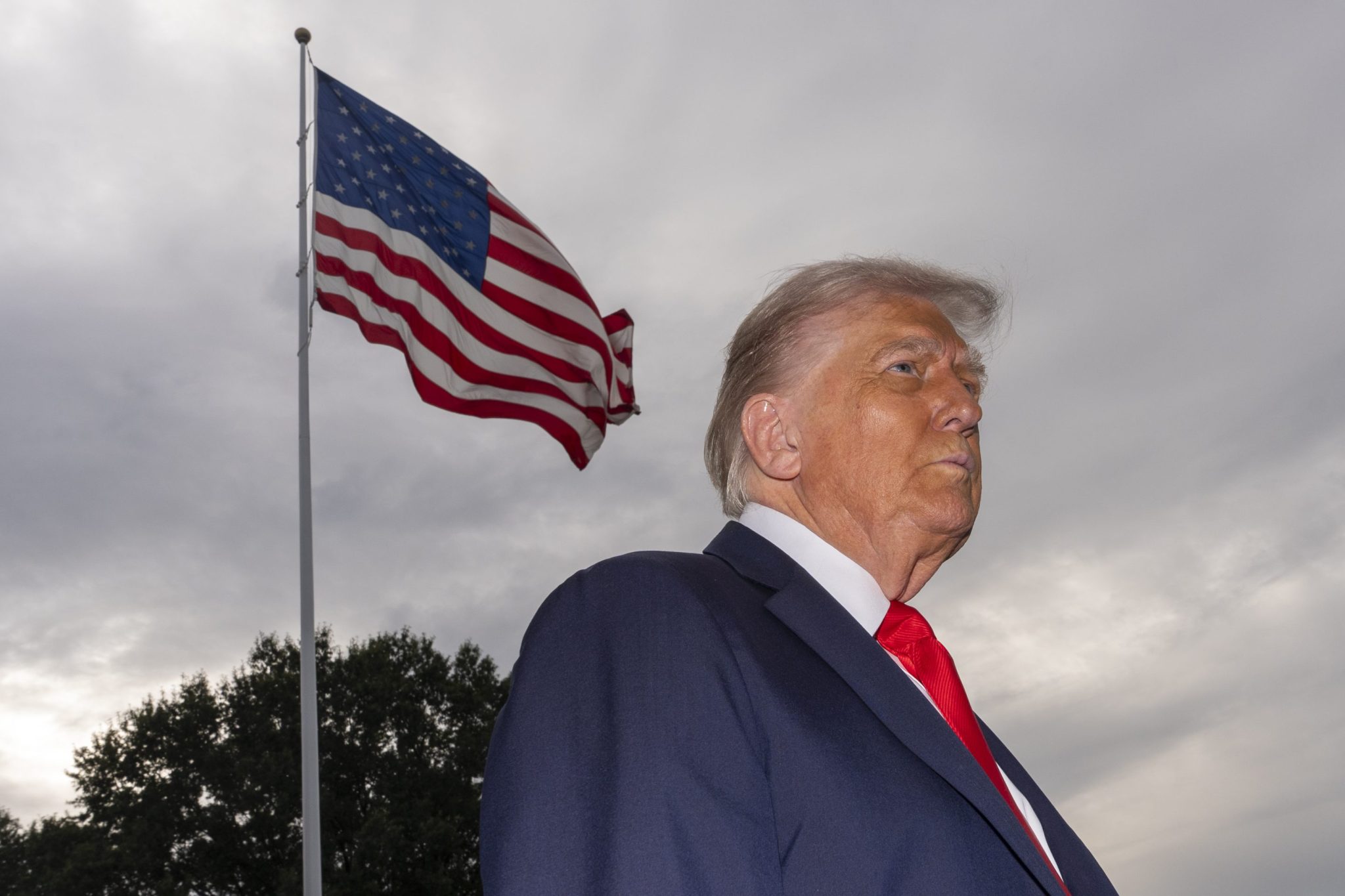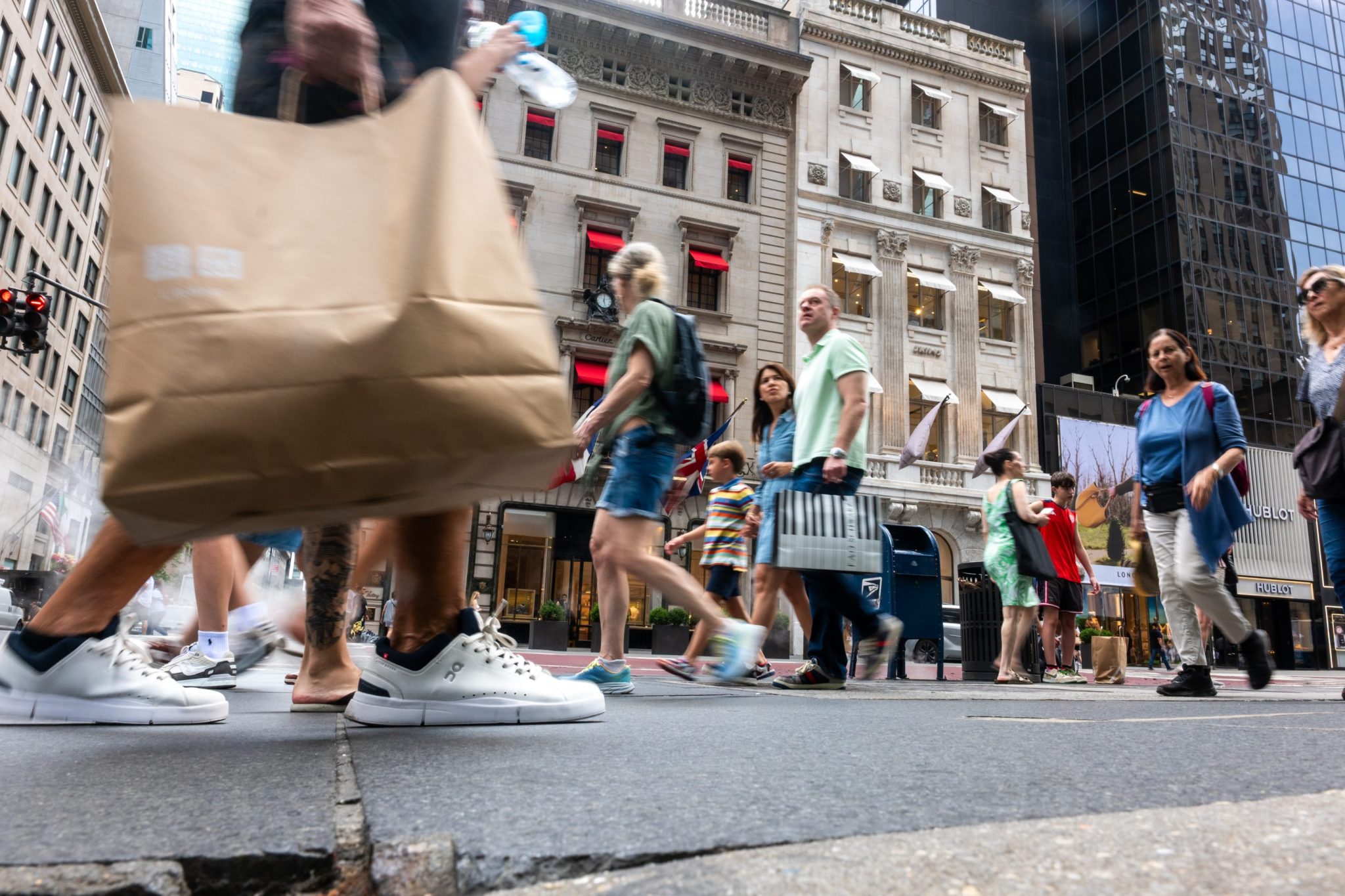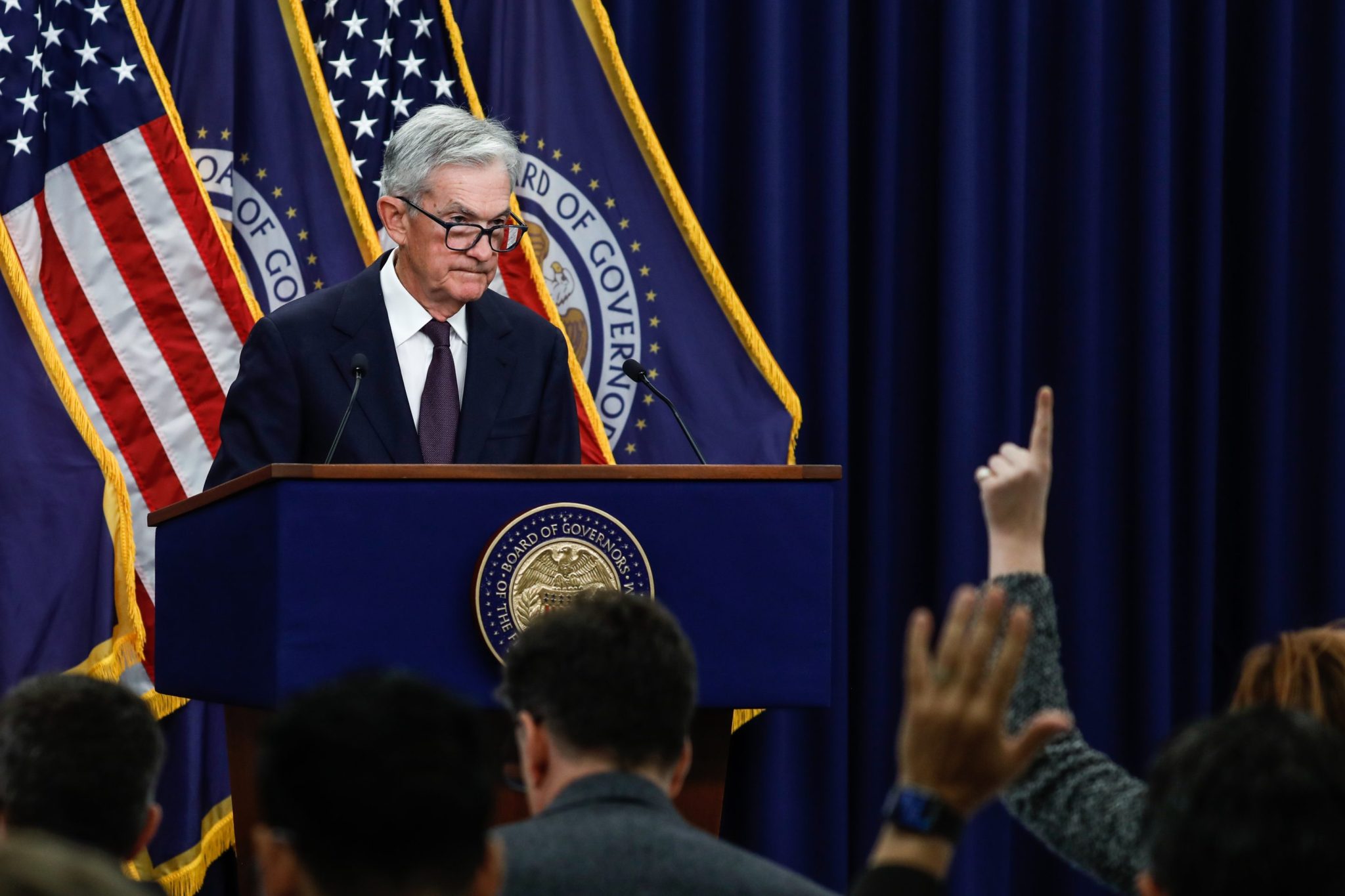
For months, Wall Street commentators have fretted that the artificial intelligence boom looks like a bubble, with capital spending – which some analysts estimate could reach $3 trillion by 2028 – fattening a few mega-cap firms, while lower-income workers suffer from a slack labor market.
On Wednesday, they got validation from an unlikely source: the chair of the Federal Reserve.
Jerome Powell said the U.S. is seeing “unusually large amounts of economic activity through the AI buildout,” a rare acknowledgement from the central bank that the surge is not only outsized, but also skewed toward the wealthy.
That imbalance extends beyond markets. Roughly 70% of U.S. economic growth comes from consumer spending, yet most households live paycheck to paycheck. That demand picture has taken on a shape that analysts call K-shaped: while many families cut back on essentials, wealthier households continue to spend on travel, tech, and luxury goods—and they continued to do so in August. For now, the inflation recovery depends heavily on this dynamic remaining in fragile stasis. It’s a fix that works well until it doesn’t, if it could be described as working at all.
“[Spending] may well be skewed toward higher-earning consumers,” Powell told reporters after the Fed’s latest policy meeting. “There’s a lot of anecdotal evidence to suggest that.”
That skew has become increasingly obvious in markets. Just seven firms — Microsoft, Nvidia, Apple, Alphabet, Meta, Amazon, and Tesla — now make up more than 30% of the S&P 500’s value. Their relentless AI capex is keeping business investment positive, even as overall job growth has slowed to a crawl. Goldman Sachs estimates AI spending accounted for nearly all of the 7% year-over-year gain in corporate capex this spring.
The comments underscore a widening concern at the Fed: that while headline GDP growth is holding above 1.5%, the composition of that growth is uneven, unlike previous booms in housing or manufacturing.
Powell pointed to “kids coming out of college and younger people, minorities” as struggling to find jobs in today’s cooling labor market, even as affluent households continue to spend freely and companies funnel cash into cutting-edge technologies.
The imbalance reflects what Powell described as “a low firing, low hiring environment,” where layoffs remain rare but job creation has slowed to a crawl. That dynamic, combined with the concentration of economic gains in AI and among the wealthy, risks deepening inequality, and complicates the Fed’s attempt to balance its inflation and employment mandates.
That disconnect risks widening the gap between Wall Street and Main Street. While affluent households continue to spend freely and tech titans pour billions into data centers and chips, revised jobs data show the economy added just 22,000 positions in August, with unemployment edging up to 4.3%.
“Unusually large” AI investment may sustain top-line growth, Powell suggested, but it’s doing little to lift the broad labor market.
“The overall job finding rate is very, very low,” he said. “If layoffs begin to rise, there won’t be a lot of hiring going on.”
Credit: Source link


